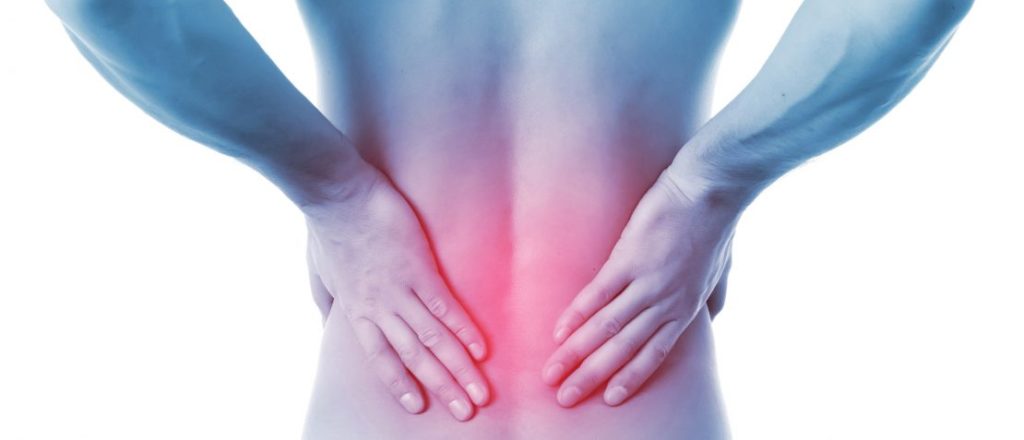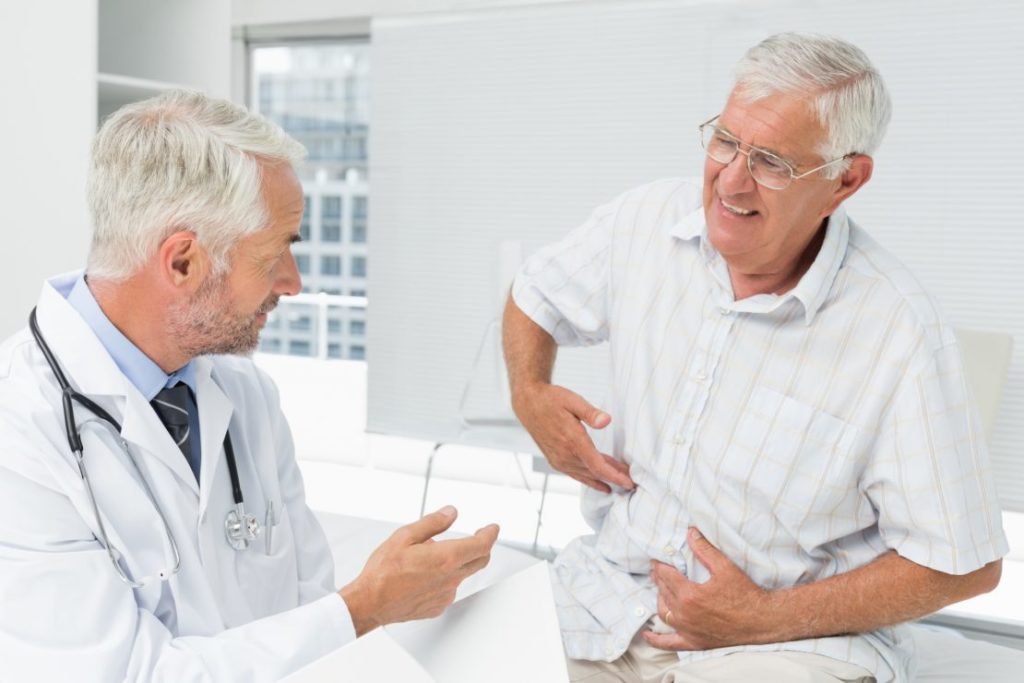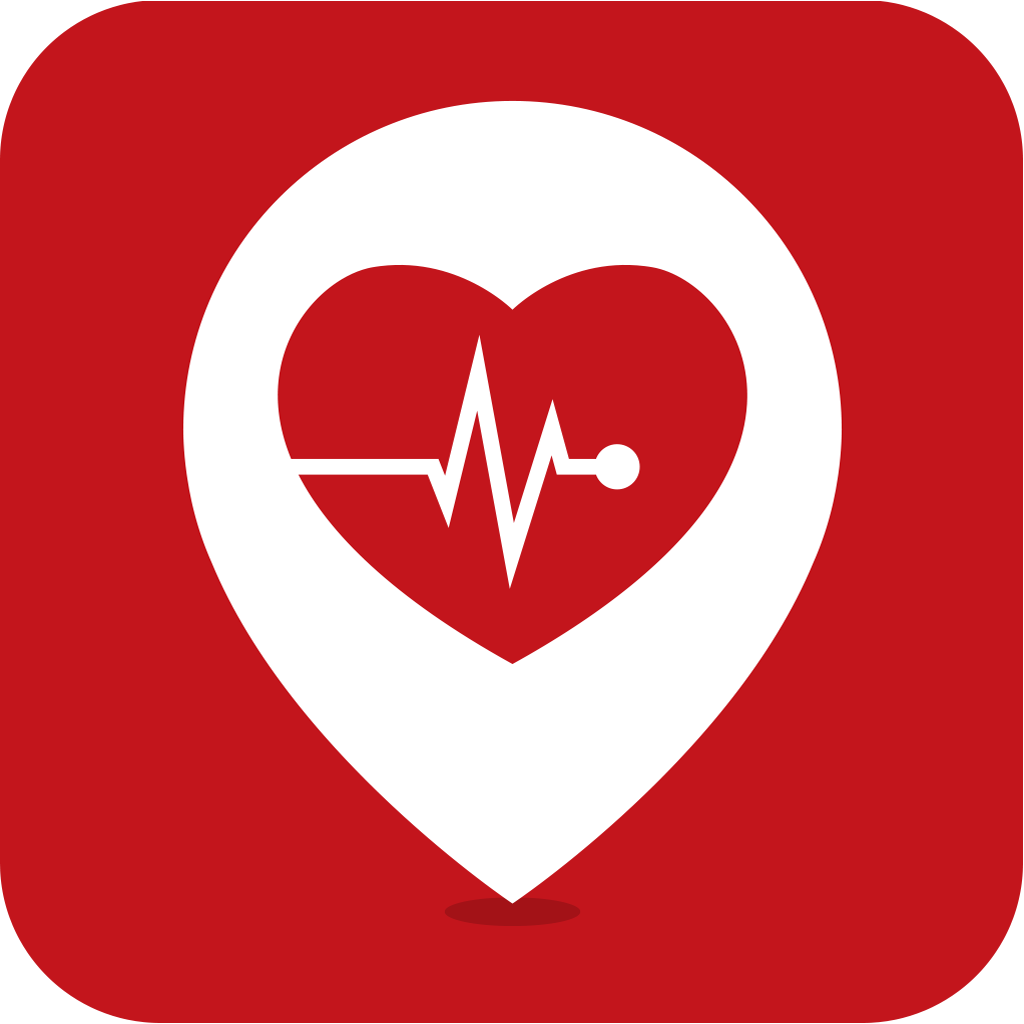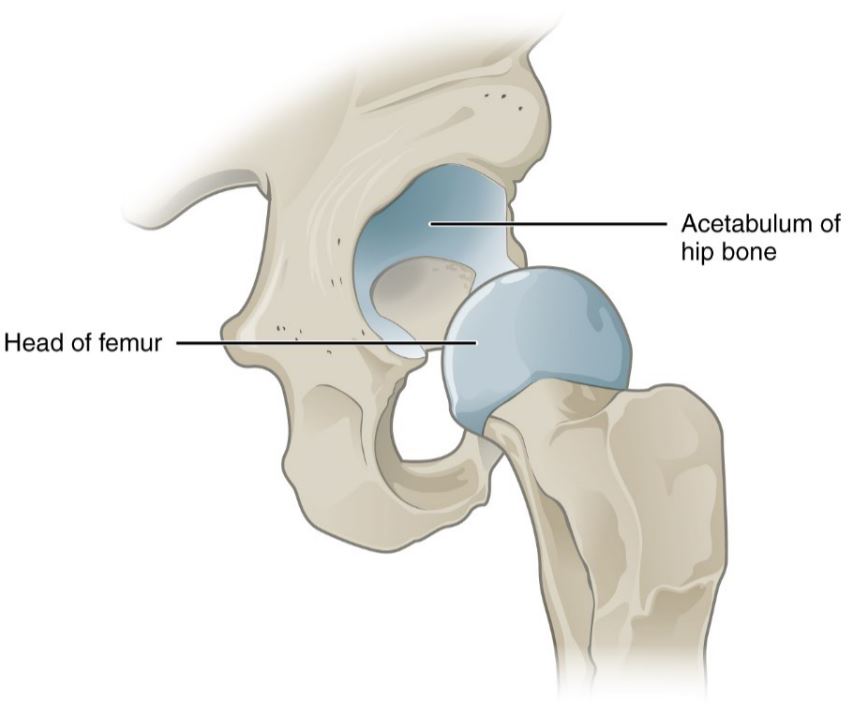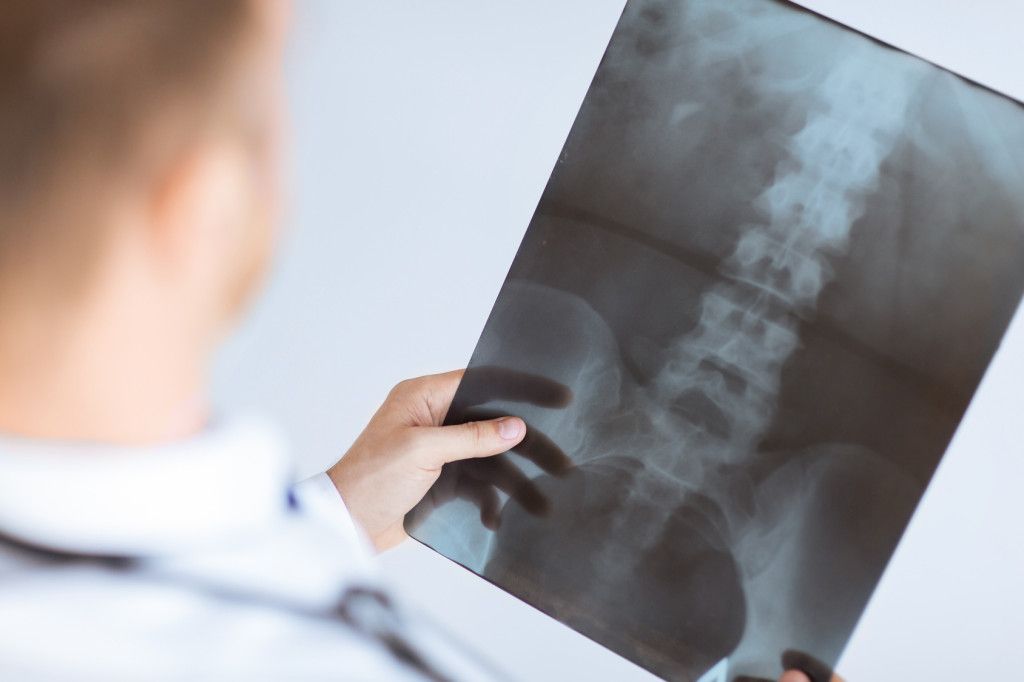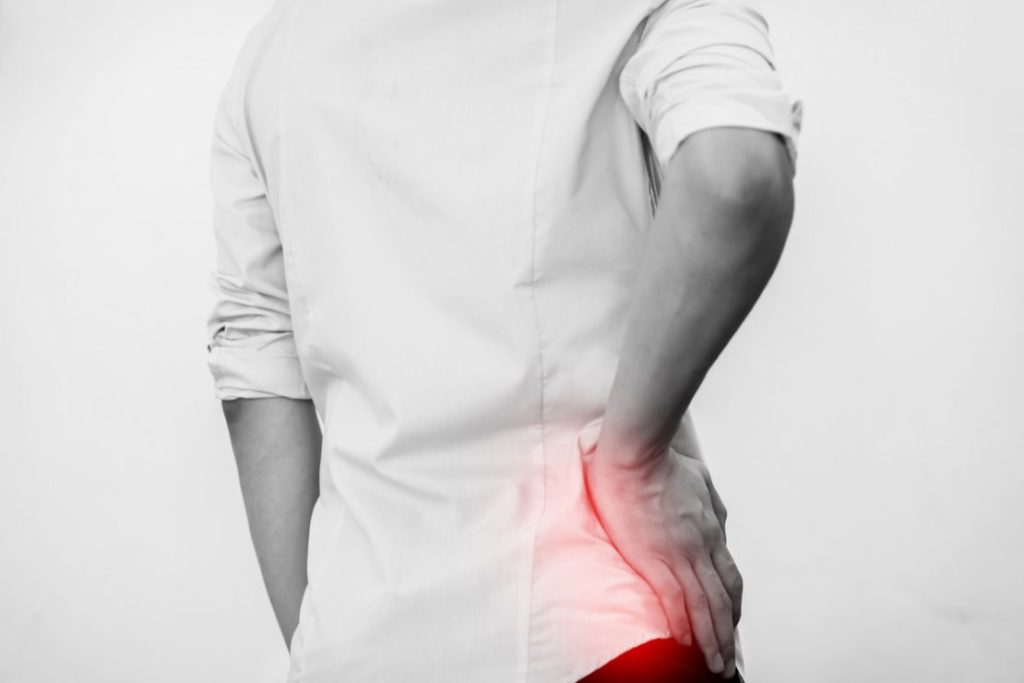Have you ever been in so much pain that it is difficult to describe? Some patients can describe their symptoms perfectly, but other times, the overall pain can be overwhelming. This is a common case for the center portion of the body. Hip, groin and lower back pain often seem the same. So, before diagnosing yourself with hip failure, a groin injury or lower back pain, recognize which part of your body is causing the pain. The waist area contains the hips, groin and lower back close together so this is a common problem for many people. The pain may grow into each of these parts although it usually starts in a single point of the body. Learn more about your hip, groin and lower back pain.
Is It Hip Pain?
First, understand that the hips are ball-and-socket joints made up of two main bones. The femur and pelvic bone hold the hips together with surrounding muscles and cartilage. With hip pain, people recognize that one of their hips are more sensitive than the other. There are conditions where both hips hurt at the same time though. Anyways, if your pain is mostly toward the left or mostly toward the right, this is a true sign of hip problems. Another big symptom of hip pain is limping. Since one hip will be stronger than the other, people develop a limp so there is less pressure on one side. Limping is a temporary fix for the hip since continuous limping can cause the opposite side to ache. Other clues that reveal hip pain are:
- Stiffness around the waist, left side or right side of the body
- Walking is difficult even for short distances
- There is occasional pain in the knee or knees as well
Is It Groin Pain?
The groin is a minor region, but it can feel major pain. The groin area is exactly where the upper and lower portions of the body come together. People may complain of pelvic pain when referring to their groin. There are muscles covering this area and these same muscles extend into the legs. So, when patients believe the groin is their main cause of pain, this type of injury commonly relates to the muscles. A groin injury can be extremely painful. Athletes might even miss games or practices due to intense groin injuries. Since the groin in right in the center of the body, patients mistake groin pain as hips problems and vice versa. If you are suffering from a groin injury, your symptoms will look something like these:
- Pain toward the inner thighs near the pubic region
- Sharp pain extends into the legs as well
- Symptoms occur after a game or sporting event
Is It Lower Back Pain?
Finally, when the pain is not from the hips or groin, it is most of the time due to the lower back. The lower back is made up of the lumbar spine. This is the lowest part of the spine that rests directly between the two hips. So, lower back pain can be from muscle pulls, but it can also be from spine injuries. The spine itself contains vertebrae and cartilage that form the upper, middle and lower back. Injuries to the discs cause severe lower back pain and chronic conditions. If the lower back pain grows, the pain may feel like a groin or hip condition. However, true lumbar spine and lower back pain resemble these symptoms:
- Pain extending to the middle back or buttocks
- Deep pressure when sitting down
- Unable to stand up straight or standing straight is painful
All three of these pains should not be taken lightly. Whether the pain traces to the lower back, groin or hip, look for options that will address the symptoms and causes. If you have questions or need clarification about lower back, groin and hip pain, contact an orthopedic physician in your area.


